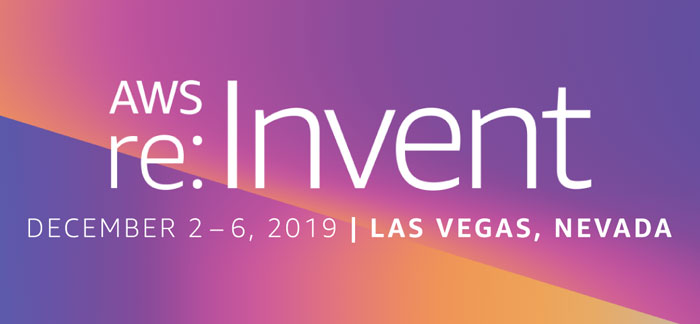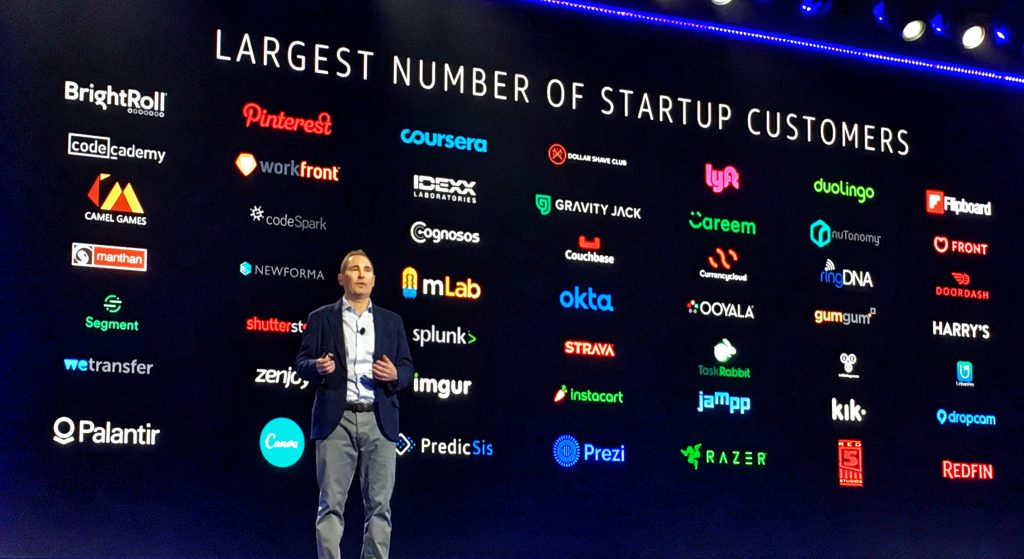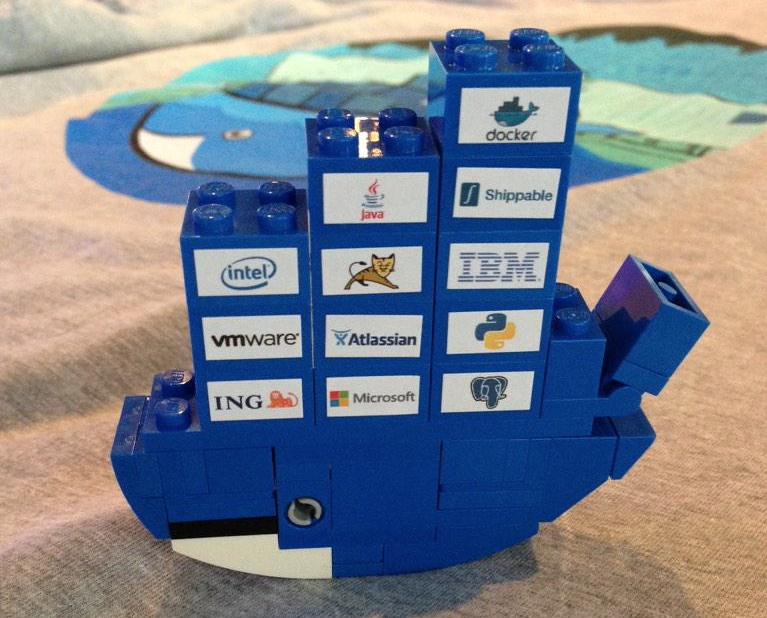This post originally appeared on the Gartner Blog Network.
I am just back home after spending last week at AWS re:Invent in tiresome, noisy, vibrant and excessive Las Vegas. At Gartner, I cover cloud management and governance and I was disappointed not to hear much about it in any of the keynotes. I get it, management can be sometimes perceived as a boring necessity. However, it is also opportunity to make a cloud platform simpler. And that’s something that AWS needs. Badly.
Despite the absence of highlights in the keynotes, I spotted something interesting while digging through the myriad of November announcements. What apparently got lost in the re:Invent noise is that AWS is opening up some of their key management tools to support resources outside of the AWS cloud. Specifically, AWS CloudFormation and AWS Config now support third-party resources. And that’s a big deal.

The Lost Announcements
The CloudFormation announcement reports that AWS has changed the tool’s architecture to implement resource providers, much in line with what Hashicorp Terraform is also doing. Each resource provider is an independent piece of code that enables support in CloudFormation for a specific resource type and API. A resource provider can be developed independently from CloudFormation itself and by nonAWS developers.
AWS plans to promote resource providers through the open source model and has certainly the ability to grow a healthy community around them. The announcement also says that a number of resource providers will be shortly available for third-party solutions. Upcoming solutions include Atlassian, Datadog, Densify, Dynatrace, Fortinet, New Relic and Spotinst. AWS is implementing this capability also for native AWS resources such as EC2 instances or S3 buckets, hinting that this capability may not be just an exception, but a major architectural change.
In the same way, AWS Config now also supports third-party resources. The same resource providers used by CloudFormation enable AWS Config to manage inventory, but also define rules to check for compliance and create conformation packs (a.k.a. collections of rules). All of this also for nonAWS resources.
Why is This a Big Deal?
With this launch, AWS addresses one of the major shortcomings of its management tools: being limited to a single platform – the AWS cloud. From today, anyone could develop resource providers for Microsoft Azure or Google Cloud Platform resources. This possibility makes AWS CloudFormation and AWS Config de facto ready to become multicloud management tools. And we all know what AWS thinks about multicloud, don’t we?
Furthermore, AWS is now challenging the third-party management market, at least within the provisioning and orchestration, inventory and classification and governance domains (see this Gartner framework for reference). AWS CloudFormation now incorporates more capabilities of HashiCorp Terraform. It also can be used to model and execute complex orchestration workflows that organizations normally handle with platforms like ServiceNow. AWS Config can now aim to become a universal CMDB that can keep track of resource inventory and configuration history from anywhere.
Both AWS CloudFormation and AWS Config are widely-adopted tools. Customers could be incented to extend their use beyond AWS instead of selecting a new third-party tool that would require a new contract to sign and new vendor to manage. Does this mean that AWS has issued a death sentence to the third-party management market that makes much of its ecosystem? Certainly not. But these announcements speak to the greater ambition of AWS and will force third-party vendors to find new ways to continue to add value in the long term. Maybe the resource provider ecosystem will not develop, and customers will continue to prefer independent management vendors. Or maybe not.
In conclusion, it was disappointing not to hear this message loud and clear at re:Invent this year, especially compared to the amount of noise we heard around the launches of Google Anthos and Azure Arc. But there is certainly a trend for which all the major providers are preparing their management tools to stretch out of their respective domains. How far they want to go is yet to be determined.







